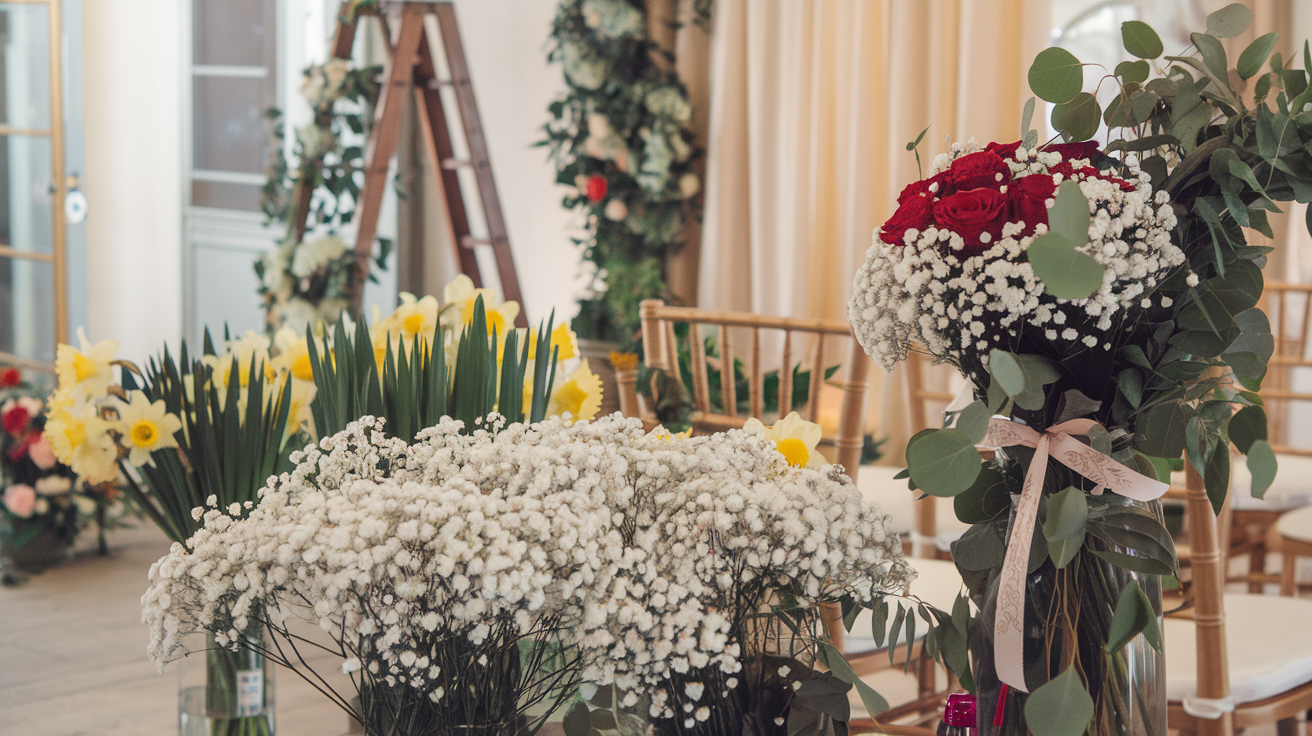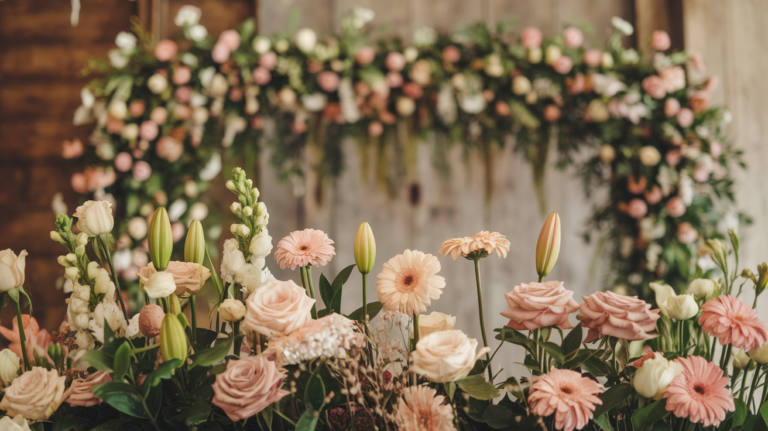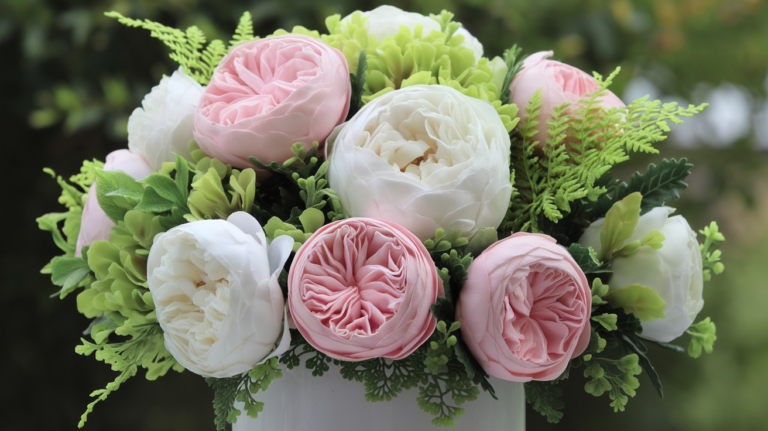10 Common Flowers to Avoid at Your Wedding: What Not to Choose
Your wedding flowers are more than just decorative additions to your celebration; they set the mood, enhance the aesthetic, and create memorable photo-worthy moments.
While many blooms are popular choices, some may cause unintended difficulties, whether due to their fragility, overpowering scent, or maintenance needs.
To help you avoid common floral mishaps, we’ve compiled a list of 10 common flowers to avoid at your wedding because they may not be the best fit for your big day.
Why Flower Selection Matters for Weddings
Choosing the right flowers is essential for creating a seamless and enjoyable wedding experience.
Some flowers may clash with your theme, become impractical in certain environments, or even pose potential risks to guests (especially those with allergies).
By being informed about which blooms might complicate your day, you can make better-informed decisions and avoid unnecessary stress.
10 Common Flowers to Avoid at Your Wedding
1. Baby’s Breath
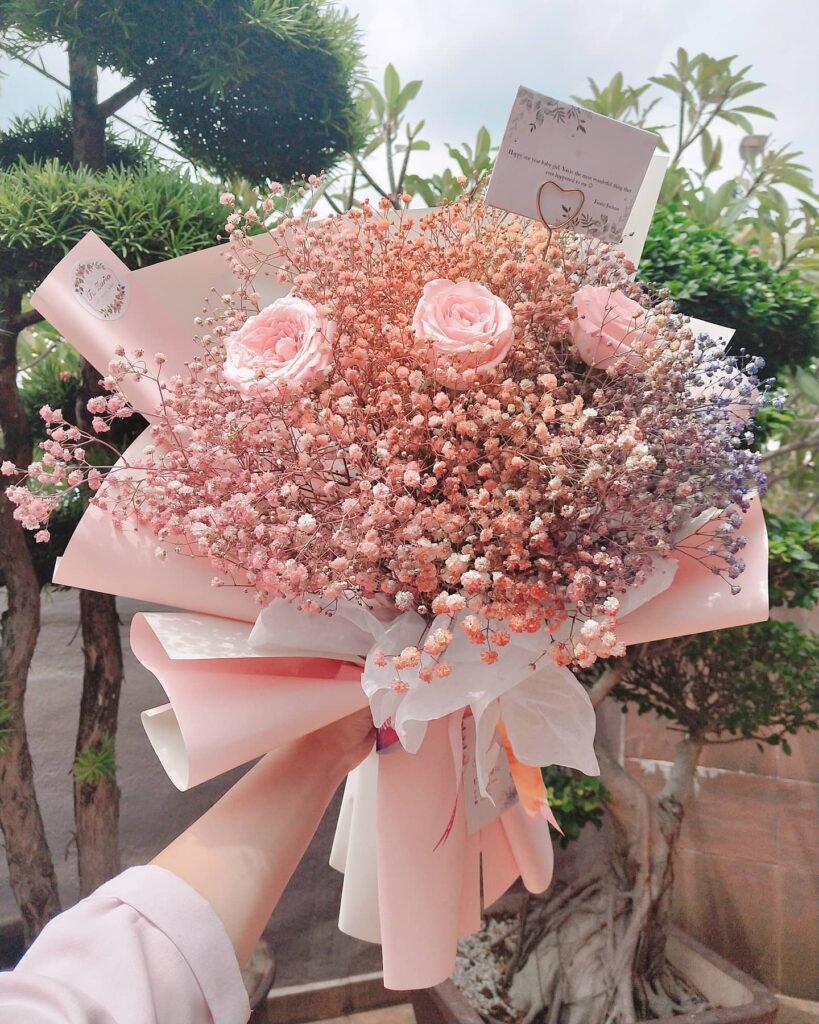
Baby’s breath is often used as filler due to its dainty and romantic appearance, creating a soft and whimsical feel in floral arrangements.
However, it emits a musty aroma that can be unpleasant, especially in enclosed spaces like banquet halls or ceremony venues.
Additionally, the delicate stems are prone to shedding small flowers and leaves over time, resulting in a messy or disheveled look as the event progresses. While it pairs beautifully with larger blooms, its downsides can detract from its charm.
2. Gardenias
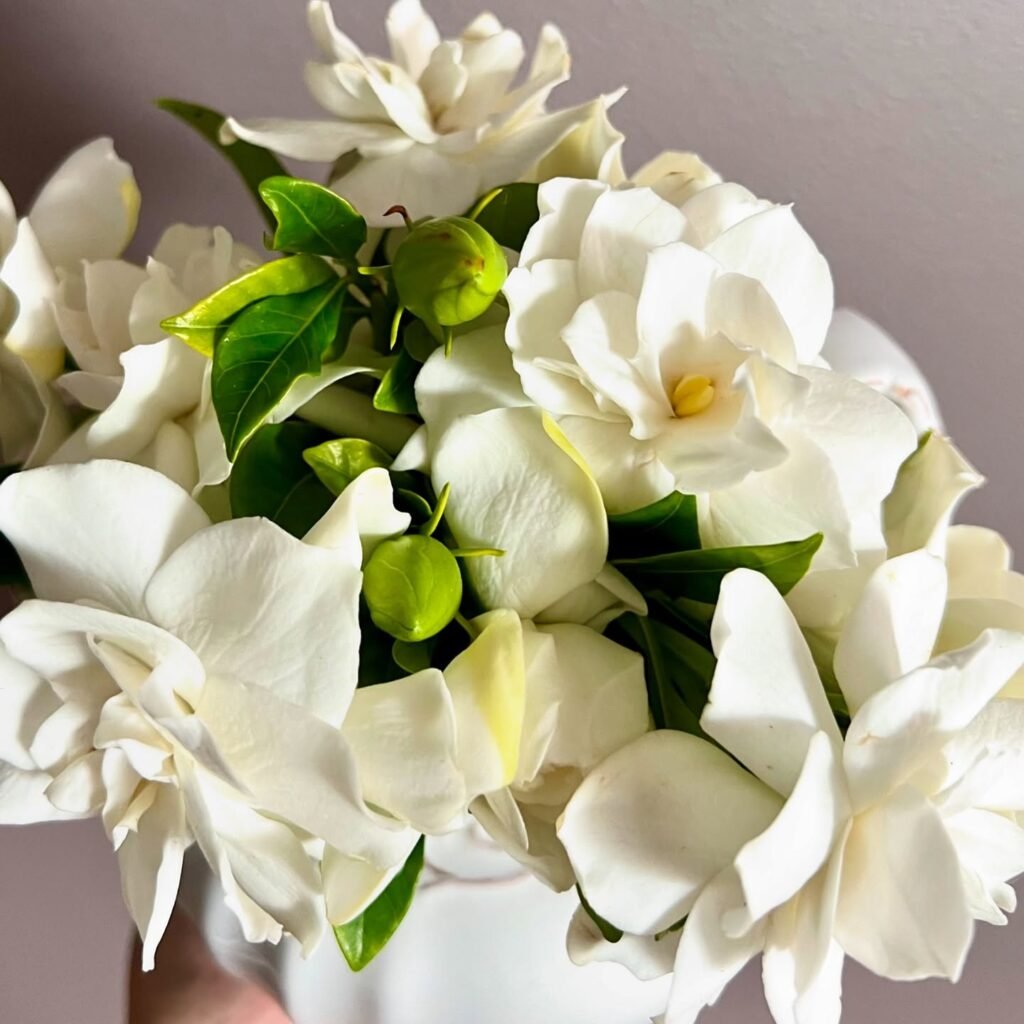
Known for their sophisticated beauty and intoxicating fragrance, gardenias are a classic choice for formal events. However, they are extremely delicate and bruise easily during handling, which can make them appear less polished.
Their lack of supportive stems adds an additional challenge, as they are tricky to arrange neatly in bouquets or centerpieces without special care.
Their stunning appearance often comes with higher costs and the need for experienced florists, making them a high-maintenance flower for weddings.
3. Lilies
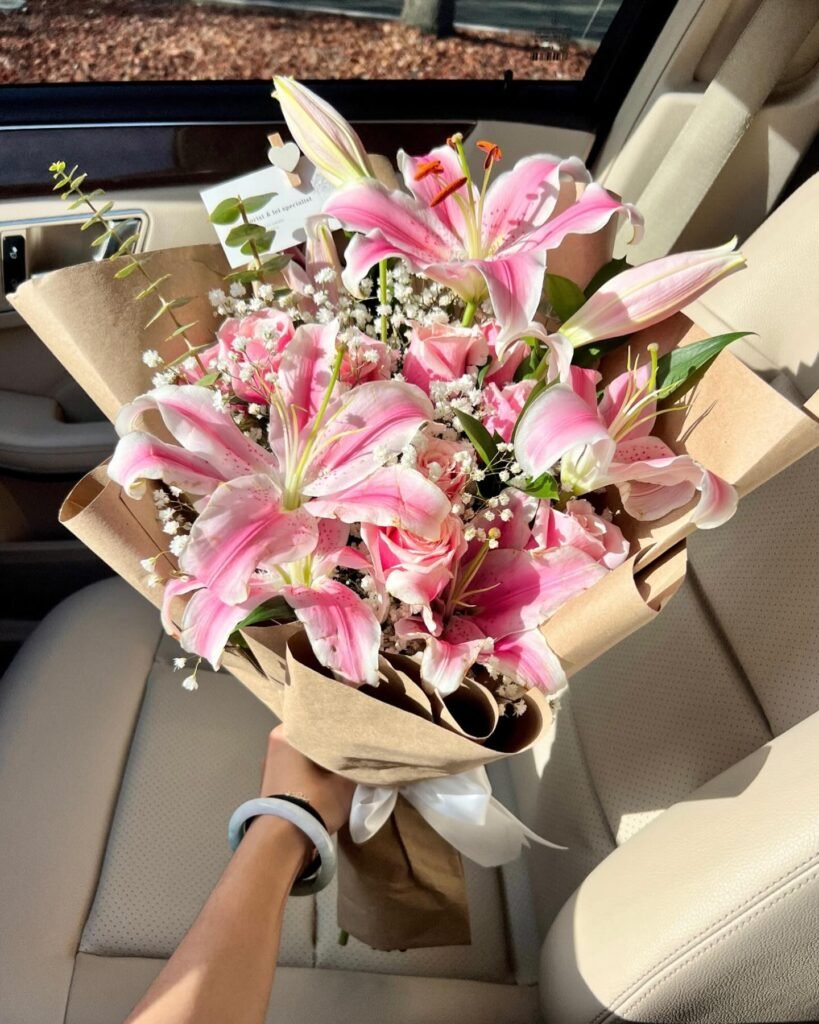
Lilies are breathtakingly elegant and often chosen for their dramatic flair, but they come with practical challenges. Their strong fragrance can quickly overpower smaller spaces, potentially causing discomfort for guests with sensitivities or allergies.
The pollen from their large stamens is another concern—it can easily stain fabrics, including bridal attire and table linens, which can lead to unwanted stress on your big day.
While lilies can add a stunning touch to arrangements, their maintenance and risks should be carefully considered.
4. Hydrangeas
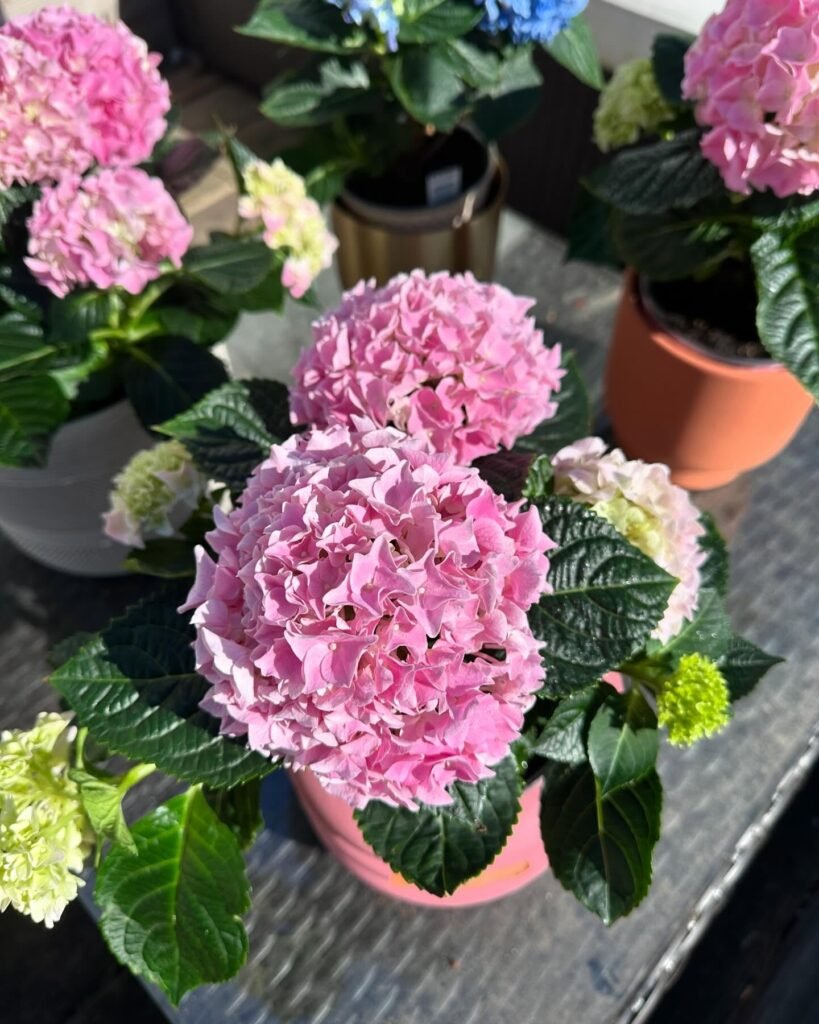
Hydrangeas are adored for their lush, full appearance and ability to add volume to any arrangement. However, they are incredibly thirsty flowers that need constant hydration to retain their beauty and structure.
Without sufficient water, they wilt quickly, especially in warm or outdoor settings. This high-maintenance requirement can be impractical for long wedding days or events held in hot climates.
Despite their beauty, hydrangeas may require extra effort to keep them looking fresh throughout your event.
5. Tulips
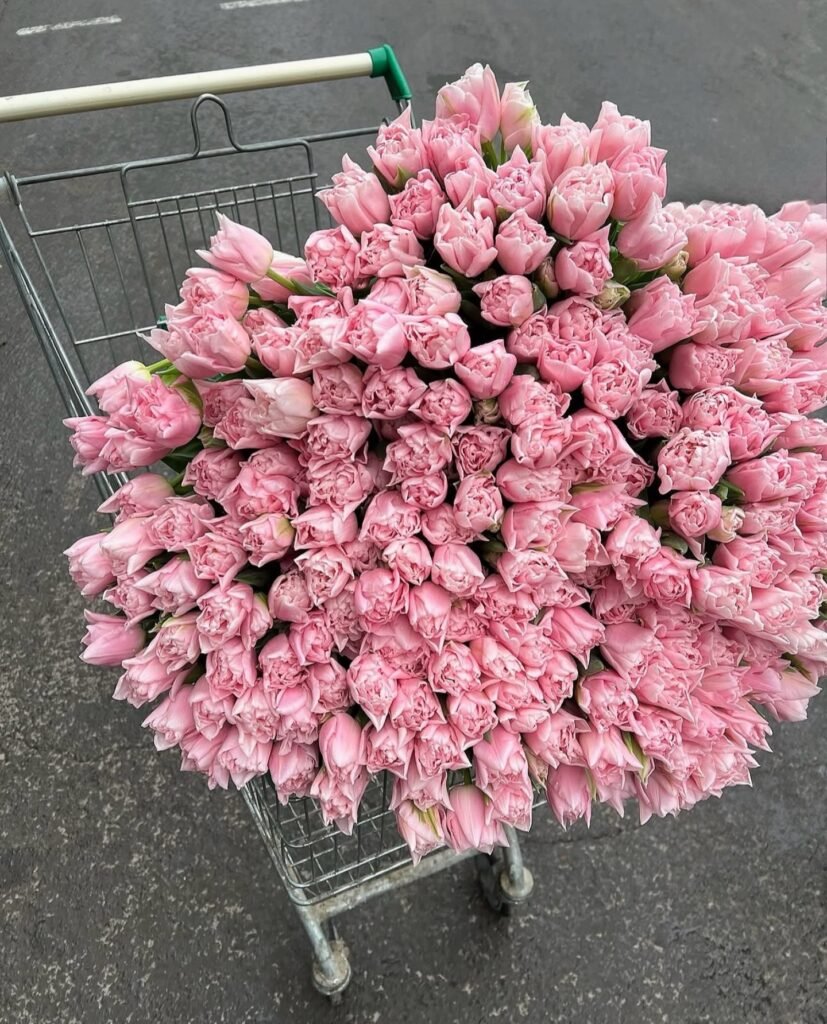
Tulips may look refined and elegant, but they come with their own set of challenges. These flowers tend to droop and even grow after being cut, which can disrupt carefully planned bouquets or arrangements.
Their delicate stems make them more prone to bending or breaking, particularly in transportation or during the wedding day.
Additionally, they don’t hold up well in hot or sunny environments, making them an impractical choice for outdoor weddings or warm venues. While they exude sophistication, they require careful handling and planning.
6. Chrysanthemums
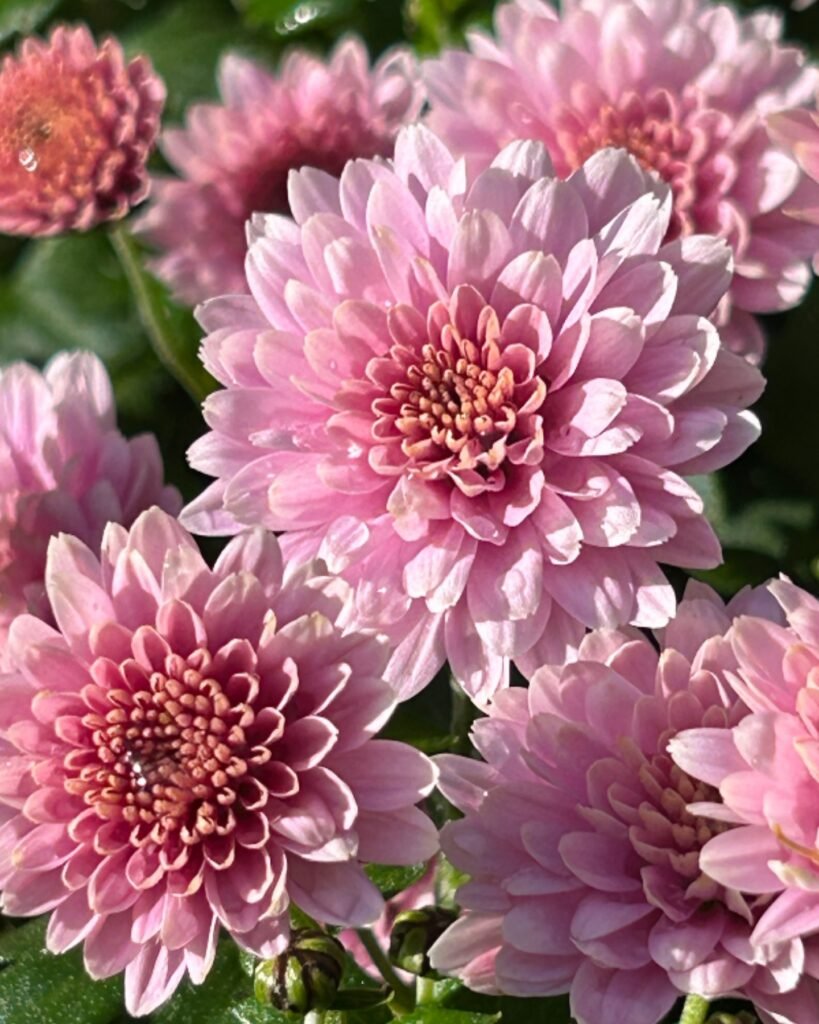
Chrysanthemums are durable, versatile, and available in a wide range of colors, making them a popular choice for budget-conscious couples.
However, their strong scent can be overpowering, particularly in enclosed spaces or dining areas, and may not appeal to everyone.
Additionally, in some cultures, chrysanthemums are strongly associated with funerals or mourning, which can make them an unpopular or inappropriate choice for celebratory occasions like weddings.
While they have their merits, their cultural associations and fragrance may not align with your vision.
7. Marigolds
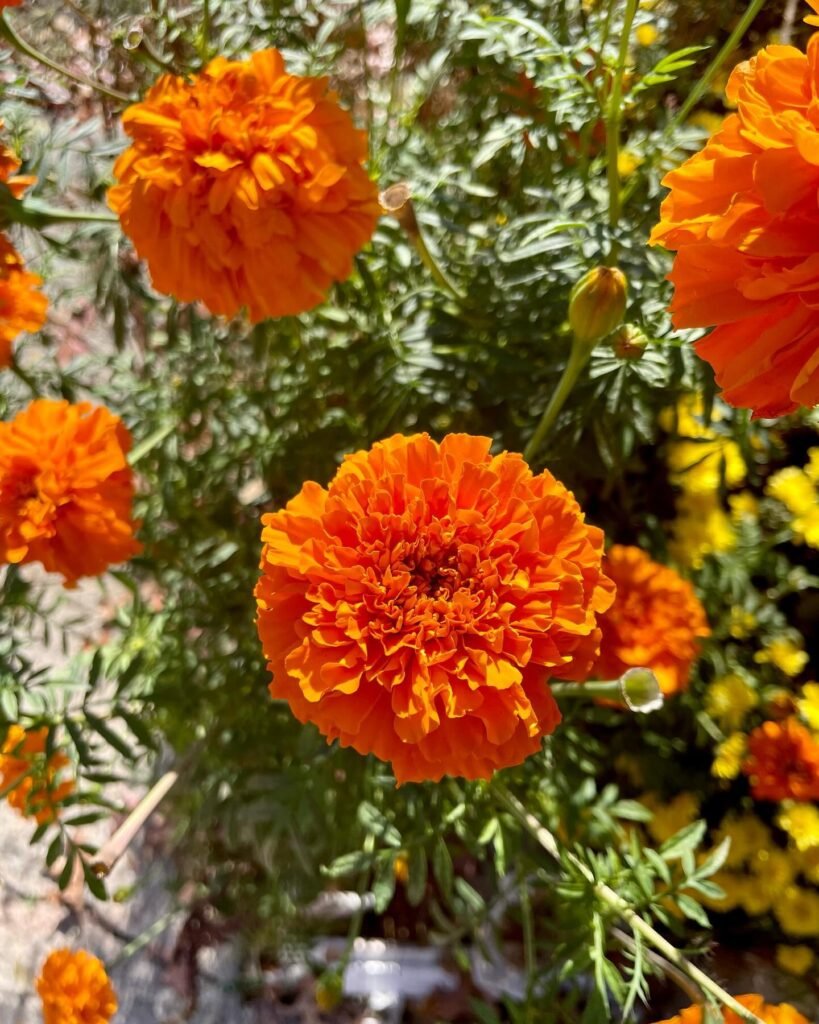
Marigolds are vibrant, cheerful, and add a pop of color to any arrangement, but they have some significant drawbacks.
Their pungent smell can be overpowering, particularly in dining areas where it may interfere with guests’ sensory experience of your carefully planned menu.
Additionally, marigolds tend to shed their petals quickly, which can create extra cleanup or a messy look. Although they bring a festive feel, their strong fragrance and tendency to wilt may make them less suitable for wedding arrangements.
8. Wisteria
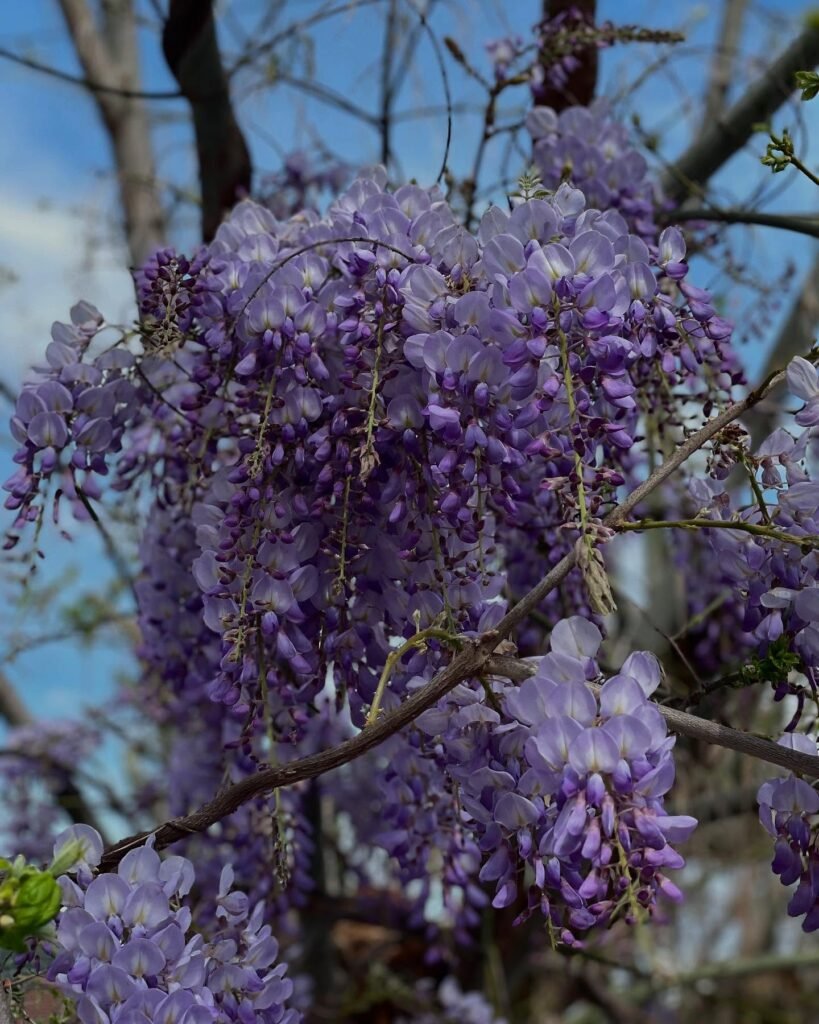
Wisteria’s cascading elegance makes it visually stunning and seemingly perfect for a wedding, especially for arches or hanging installations.
However, it is a high-maintenance flower that wilts quickly, particularly in warm or humid environments. Its sweet scent also attracts insects like bees and flies, which could pose a problem during outdoor weddings or receptions.
Furthermore, wisteria has toxic properties, which may be a concern if children or pets are present. While undeniably beautiful, it requires careful planning to manage its challenges.
9. Daffodils
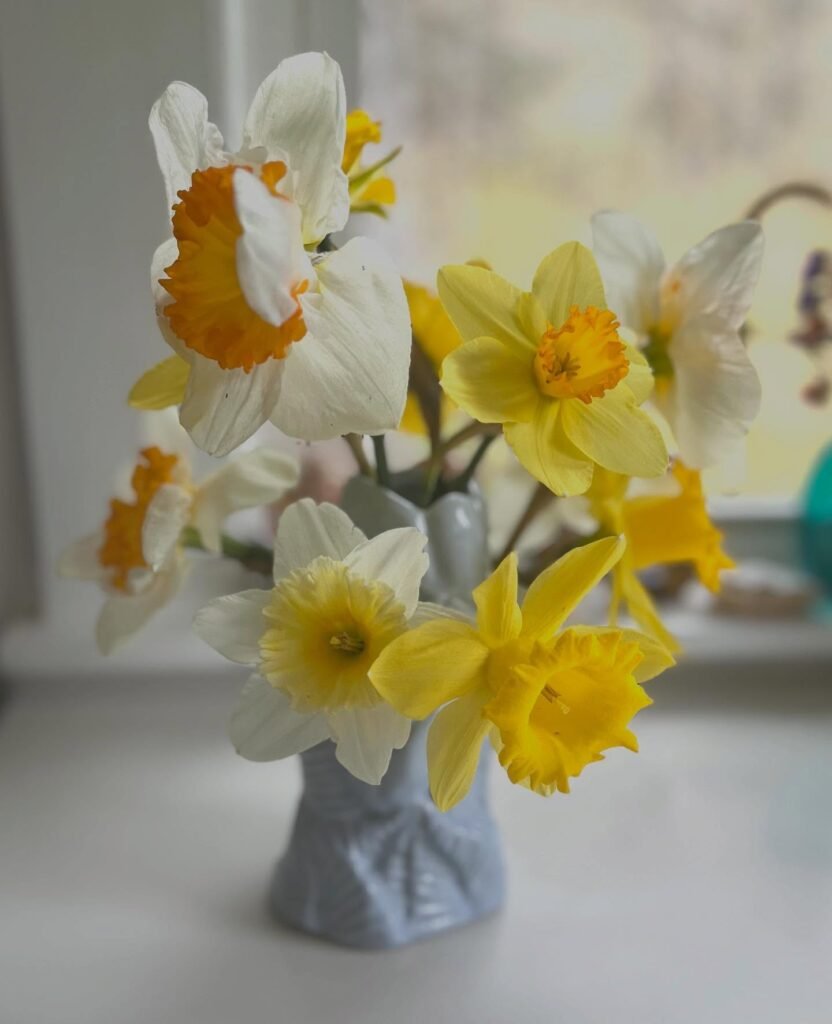
Daffodils are cheerful and bright, adding a whimsical touch to any arrangement. However, they release a sap that can harm other flowers in mixed arrangements, causing them to wilt prematurely.
This sap can also cause skin irritation for anyone handling the flowers, including florists, brides, or grooms.
While their sunny appearance is inviting, these drawbacks make them a risky choice for bouquets or boutonnieres without careful preparation and isolation from other blooms.
10. Orchids
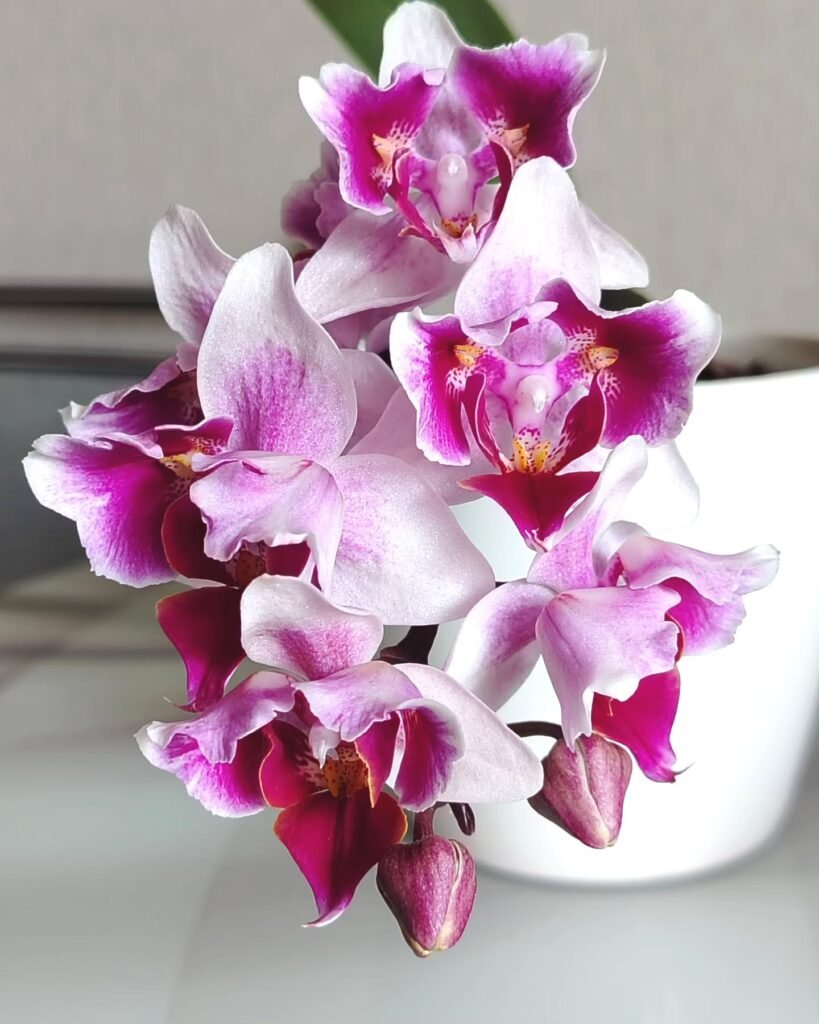
Orchids are undeniably stunning, with their delicate petals and exotic charm adding a touch of luxury to any wedding. However, they are incredibly fragile and require precise temperature and humidity control to maintain their beauty.
Orchids bruise easily, and their petals may start to wilt prematurely, particularly in outdoor settings or warm climates.
Their high cost and need for special care can add stress to your floral arrangements, making them a challenging option for couples seeking reliable flowers.
FAQs
Can these flowers be used safely with any precautions?
Yes! For instance, you can manage strong scents by using greenery or mixing flowers with milder-smelling options. Similarly, hydration tubes may help maintain moisture for blooms like hydrangeas or daffodils.
What flowers are better alternatives to these?
If you’re avoiding certain flowers, options like peonies, roses (especially garden roses), and eucalyptus make excellent replacements. These alternatives are hearty, aesthetically versatile, and easier to maintain.
Can faux flowers help solve these concerns?
Absolutely! High-quality faux flowers can achieve the same look minus the issues of scent, fragility, or maintenance. Many artificial options are indistinguishable from the real thing and can be kept as beautiful keepsakes.
Conclusion
Your wedding should reflect your vision without unnecessary complications. By avoiding flowers that pose potential challenges, you can create an event that’s as seamless as it is stunning.
With the right guidance, your floral arrangements will perfectly complement the joy and romance of your big day.
